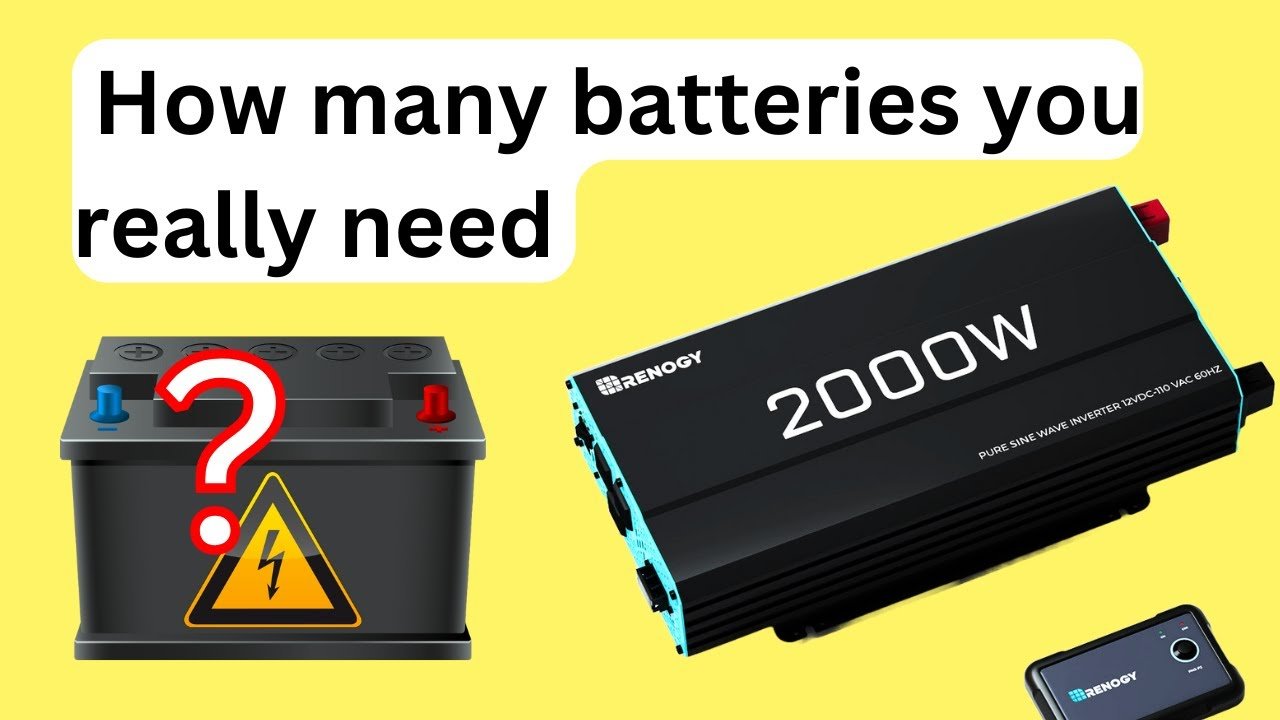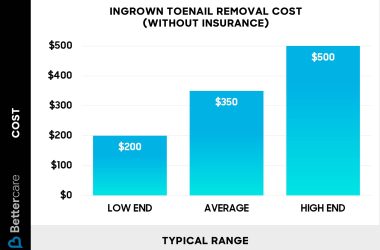To power a 2000 watt inverter, you’ll need approximately four deep-cycle batteries. These specialized batteries are designed to handle the high power demands of inverters effectively. Deep-cycle batteries provide the necessary energy storage capacity to support the inverter’s operations over an extended period. By using the right number of batteries, you can ensure a reliable power source for your 2000 watt inverter. Remember, the key to maximizing performance and longevity lies in choosing the correct battery setup for your specific power needs.
How Many Batteries Do You Need for a 2000 Watt Inverter?
Introduction
If you’re looking to power your devices off-grid or during power outages, a 2000 watt inverter can be a great option. However, one crucial factor to consider is how many batteries you’ll need to support your inverter. In this guide, we’ll explore the ins and outs of determining the right number of batteries for a 2000 watt inverter.
Understanding Power Requirements
Before we delve into the specifics of batteries, it’s essential to understand power requirements. A 2000 watt inverter can deliver up to 2000 watts of continuous power. However, the actual power consumption of your devices may vary. To determine how many batteries you need, you’ll first need to calculate your total power consumption.
Calculating Power Consumption
To calculate your power consumption, make a list of all the devices you plan to power with the inverter. Note down the wattage of each device. Add up the wattages to get your total power consumption. Keep in mind that some devices may have surge wattage requirements, so it’s best to consider those as well.
Estimating Battery Capacity
Once you have your total power consumption, you can estimate the battery capacity needed to support your devices. Batteries are rated in ampere-hours (Ah), which indicates how much current a battery can deliver over a certain period. To determine the required battery capacity, divide your total power consumption in watt-hours by the voltage of your battery bank.
Choosing the Right Battery Type
When selecting batteries for your 2000 watt inverter, you’ll come across various types, including lead-acid, lithium-ion, and gel batteries. Each type has its own pros and cons, so it’s crucial to choose the right one based on your specific needs.
Lead-Acid Batteries
Lead-acid batteries are a cost-effective option and are readily available. They are reliable and can handle deep discharges well. However, they are heavier and have a shorter lifespan compared to other battery types.
Lithium-Ion Batteries
Lithium-ion batteries are lightweight, have a long lifespan, and offer high energy density. They are more expensive upfront but can be a better long-term investment due to their durability and performance.
Gel Batteries
Gel batteries are maintenance-free and have a sealed design, making them suitable for indoor use. They are resistant to vibration and can handle deep discharges effectively. However, they are typically more expensive than lead-acid batteries.
Determining the Number of Batteries
The number of batteries you’ll need for your 2000 watt inverter depends on the capacity of the batteries you choose. Higher-capacity batteries will require fewer units to meet your power requirements, while lower-capacity batteries may need to be connected in parallel to provide sufficient power.
Parallel vs. Series Connections
In parallel connections, batteries are connected side by side to increase capacity, while in series connections, batteries are connected end to end to increase voltage. Depending on your power needs and the batteries’ capacity, you may need to configure them in parallel, series, or a combination of both to achieve the desired power output.
Considerations for Battery Maintenance
Proper maintenance of your batteries is essential to ensure longevity and optimal performance. Regularly check the battery water levels, clean the terminals, and monitor the charging process to prevent overcharging or undercharging. Following manufacturer guidelines for maintenance and usage can help prolong the lifespan of your batteries.
In conclusion, determining how many batteries you need for a 2000 watt inverter involves calculating your power consumption, choosing the right battery type, and configuring the batteries for optimal performance. By understanding these key factors and considering your specific power requirements, you can ensure that your off-grid power setup runs smoothly and efficiently.
Now that you have a better grasp of the factors involved in choosing batteries for your 2000 watt inverter, you can confidently set up your power system for uninterrupted electricity supply. Remember to carefully assess your power needs, select the appropriate battery type, and maintain your batteries regularly to maximize their lifespan and performance.
How Many Batteries For a 2000W 12v Inverter? test with maximum discharging current
Frequently Asked Questions
How many batteries are required to power a 2000 watt inverter?
To determine the number of batteries needed for a 2000 watt inverter, you first need to consider the voltage of the batteries. Typically, a 12-volt battery is commonly used with a 2000 watt inverter. For a 12-volt system, you would need two 12V batteries connected in parallel to power the inverter efficiently.
Can I use a single high-capacity battery with a 2000 watt inverter?
While it is possible to use a single high-capacity battery with a 2000 watt inverter, it is not recommended. The reason being that a single battery may not provide enough power output or longevity compared to using multiple batteries connected in parallel. It is advisable to distribute the load across multiple batteries for better performance and battery life.
What type of batteries are suitable for a 2000 watt inverter setup?
For a 2000 watt inverter setup, deep cycle batteries are the most suitable choice. Deep cycle batteries are designed to provide sustained power over extended periods and are ideal for use with inverters. It is recommended to use deep cycle batteries with a high capacity to effectively handle the power requirements of a 2000 watt inverter.
Final Thoughts
In conclusion, determining how many batteries are needed for a 2000-watt inverter is crucial for ensuring optimal performance. The number of batteries required varies depending on the battery capacity and inverter efficiency. It’s essential to calculate the total wattage load and consider factors such as battery voltage and amp-hour rating when choosing the right setup for your power needs. Remember, the number of batteries for a 2000-watt inverter plays a significant role in the overall efficiency and longevity of your power system.












